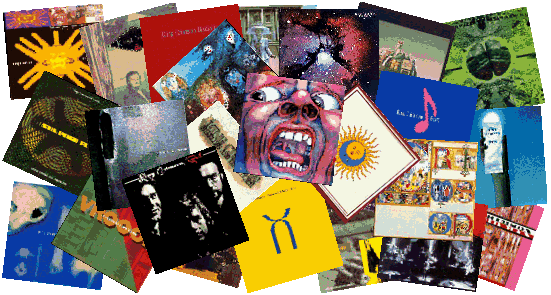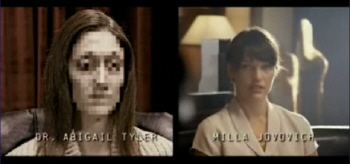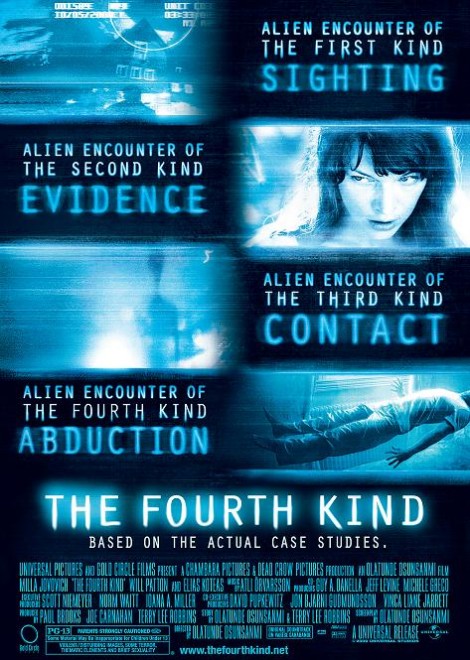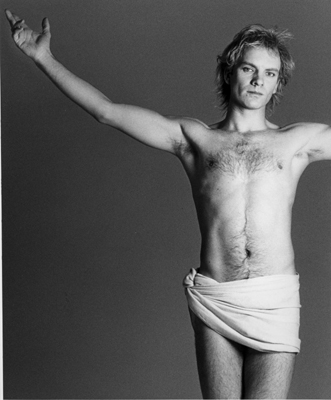
Music Review: King Crimson - Red (Deluxe 40th Anniversary Edition)
The release of King Crimson's seminal 1974 album Red continues the overhaul of the progressive rock band's catalog that also — so far anyway — includes their debut album In The Court Of The Crimson King and Lizard. As was the case with those two albums, the remastering of this album was overseen by Porcupine Tree's Steven Wilson, along with founding member Robert Fripp.
Wilson was a great choice for this task for a couple of reasons. He's a longtime fan, and with Porcupine Tree and his other many projects, he also definitely has the necessary prog-rock credentials.
But beyond that, Wilson understands the possibilities of recording in the lossless surround sound format better than just about anybody. His remastering job here literally places you in the center of the room, particularly on the surround mixes for the DVD. This is as close to actually being there as it gets, folks.

By the time King Crimson originally released Red, they were essentially reduced down to the power-trio of Fripp on guitar and mellotron, John Wetton on bass and vocals, and Bill Bruford — who left the then-mega successful Yes to join up — on drums. Guest musicians like Mel Collins on soprano saxophone, Ian MacDonald on alto, and David Cross also make appearances.
What makes Red really stand out from previous King Crimson albums like In The Court Of The Crimson King though, is the way that the three core members create such a big noise. The fantasy inspired lyrics and symphonic sweep of their previous work had by this time been largely replaced by a more frenetic type of playing. On Red, King Crimson draw as much from heavy metal and a sort of pre-punk-rock racket as they do from prog and fusion-based jazz.
It's as though the smaller lineup — and the deceptively smaller (but no less intricate) arrangements of the songs — had finally freed these guys up to stretch themselves that much further musically. The result is music that is often difficult and occasionally even cacophonous listening — especially given the time it was recorded.
But for tech-purists and musician types, Red was, and is still now something of a wet dream. You can still hear its influence today in bands as diverse as Primus, Tool, and Wilson's own Porcupine Tree. If there is such an animal as jazz-punk-metal, King Crimson pretty much invented it on this album.

So what we have on this deluxe edition is a double-disc, featuring the entire album in both CD and the glorious sounding surround sound you get with the DVD. The latter of which is clearly the main event.
You can hear the difference immediately as Fripp's discordant fuzzed-out guitar leaps out of the speakers on the title track, followed in short order by Wetton's bass and Bruford's almost inhuman drumming. The raw power of that track has never sounded better than it does here, and is reason alone to get this immediately. This is power-trio playing at its finest and most frenetic, and Wilson's mix puts you right in the center of it.
The middle tracks of this album — which to me always seemed to be the lesser ones — also take on new life with the surround mix.
I still think "One More Red Nightmare" would have worked better as an instrumental, but even Wetton's vocal makes more sense in the remixed version. Fripp's discordant guitars, Bruford's intricate off-signature drumming, and especially Mel Collins' blaring soprano saxophone still create a eerily irresistible noise.
"Providence" is still just a bit meandering for my tastes, but again the surround sound here adds a new dimension, which this time comes in the form of the separation. Wetton's bass creates a newly thunderous boom, which Fripp's guitar and David Cross' violin slices through like butter. As for Bruford, he is just an absolute monster on the drums here.

The closest Crimson gets to the symphonic sweep of old comes on the album-closer "Starless," which remains one of the all-time great prog-rock epics.
The mellotron intro sounds as gorgeous as ever — did I mention I really miss that instrument? — and Collins' soprano sax gives it that perfect little extra kick. Again, Wilson's surround mix brings everything out that much more clearly. The way this song transitions from its melancholic beginning to Wetton's power bass chords, Fripp's droning guitar, and finally to the full-on fusion freakout at the end is mesmerizing. "Starless" has never sounded better than it does here.
The DVD also includes rare video of four songs recorded for French TV. As is often the case with video from this time period, there's the usual goofy psychedelic visual effects to put up with. But the performances are keepers, particularly "Larks Tongue In Aspic: Part II" and "Starless."
Kudos to Steven Wilson for a fine job on these King Crimson remasters. I can't wait to hear what he does by the time he gets to the eighties albums with Adrian Belew like Discipline and Beat.










































